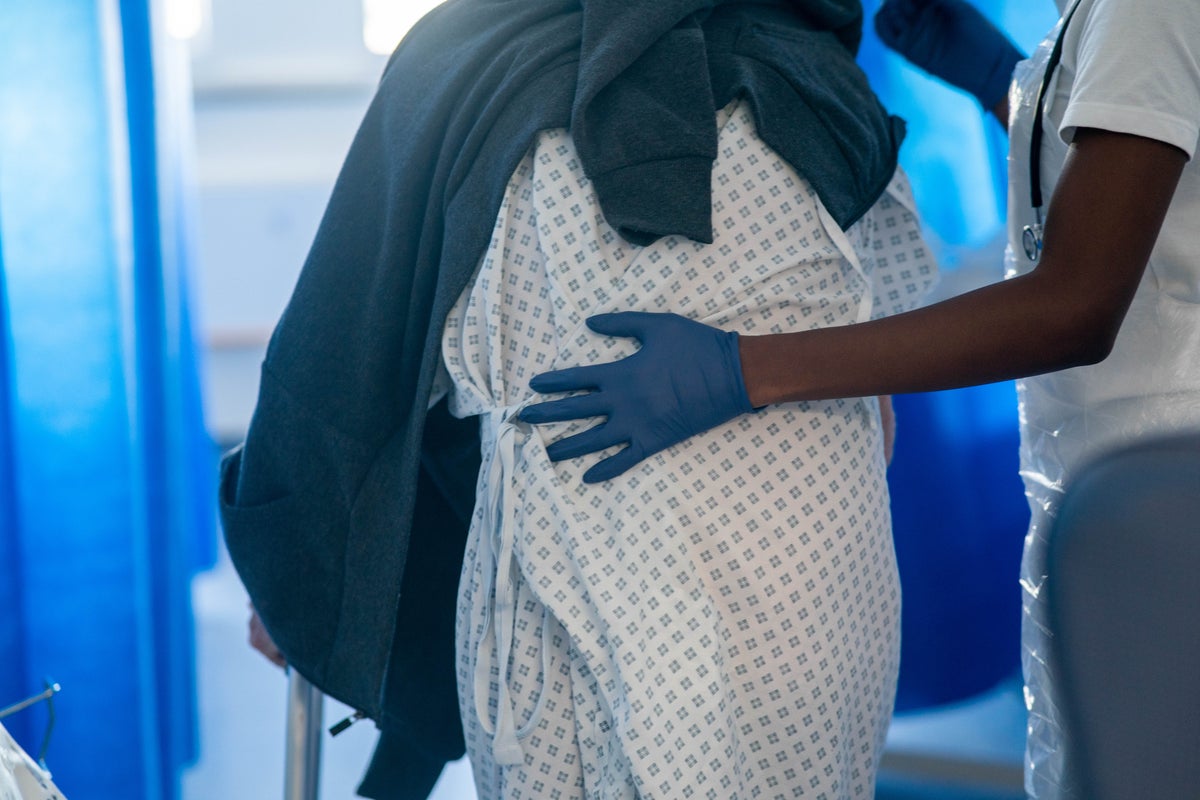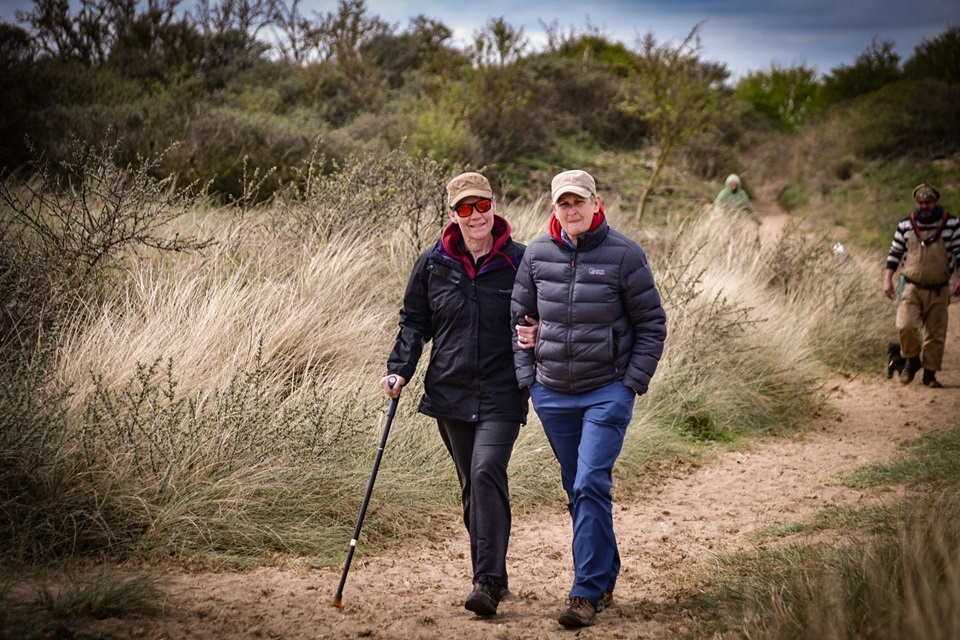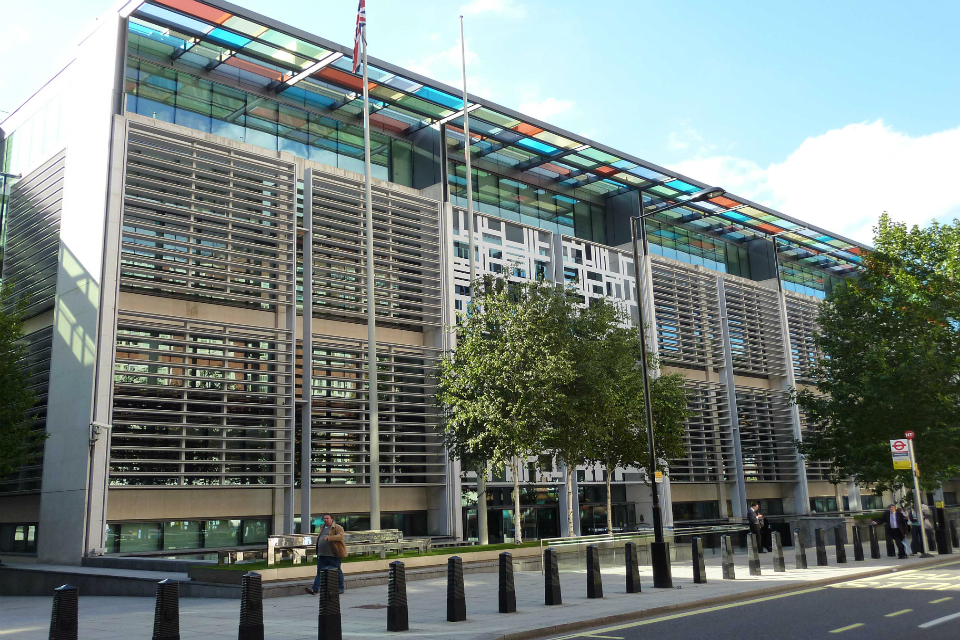The latest UK Health Security Agency (UKHSA) data shows norovirus cases continue to rise across the country, with laboratory reports at the highest levels since reporting data this way began in 2014.
Laboratory confirmed cases in the 2 weeks from 3 to 16 February 2025 were 29.4% higher than the previous fortnight and more than double the 5-season average (168.0%) for the same 2-week period. The impact is particularly severe in hospitals and care homes, with cases highest among people aged 65 and over. Cases usually start to decline around this time of year as the weather gets warmer, but it is too soon to conclude whether or not norovirus has peaked this season.
The increased activity this season is associated with the recently emerged GII.17 genotype. However, the latest data shows that a different, but commonly seen genotype (GII.4) is now increasing. Prior to the emergence of GII.17, GII.4 is the genotype that most commonly detected and increased each winter. While the GII.17 genotype remains dominant, accounting for 59% of cases, its prevalence has dropped from 76% since November. Meanwhile, the GII.4 strain has sharply risen, now representing 29% of cases compared to just 10% three months ago.
This means that people who have already had norovirus this season may catch it again, as having one genotype does not fully protect against the other. However, at present there is no indication that either GII.17 or GII.4 leads to more severe illness.
Common symptoms of norovirus include
- nausea and vomiting
- diarrhoea
- high temperature
- abdominal pain
- aching limbs
Some people, particularly young children, older adults and those with weakened immune systems are more likely to develop severe symptoms, which can cause dehydration. Anyone with these symptoms should drink plenty of fluids.
Amy Douglas, Lead Epidemiologist at UKHSA, said
Norovirus levels are still exceptionally high and now with multiple genotypes spreading at the same time, people could end up getting infected more than once this season.
We are seeing the biggest impacts in health and social care settings, such as hospitals and care homes. Symptoms of norovirus can be more severe in older adults, young children and those who are immunocompromised. If you have diarrhoea and vomiting, please do not visit hospitals and care homes or return to work, school or nursery until 48 hours after your symptoms have stopped. And don’t prepare food for others, as you can still pass on the virus during this time.
Alcohol gels do not kill norovirus. Wash your hands with soapy warm water and clean surfaces with bleach-based products where possible to help stop infections from spreading.
While it is likely the GII.17 genotype has driven up norovirus cases this season due to a lack of previous immunity, the higher numbers we are seeing may also reflect UKHSA’s improved testing capabilities and changing patterns of infection since the COVID-19 pandemic. Norovirus also spreads more easily in lower temperatures as people spend more time indoors and typically peaks during winter months.
UKHSA experts estimate that reported cases represent only a small fraction of actual infections. For every case reported to national surveillance, approximately 288 cases occur in the community, suggesting around 3 million cases annually in the UK.








